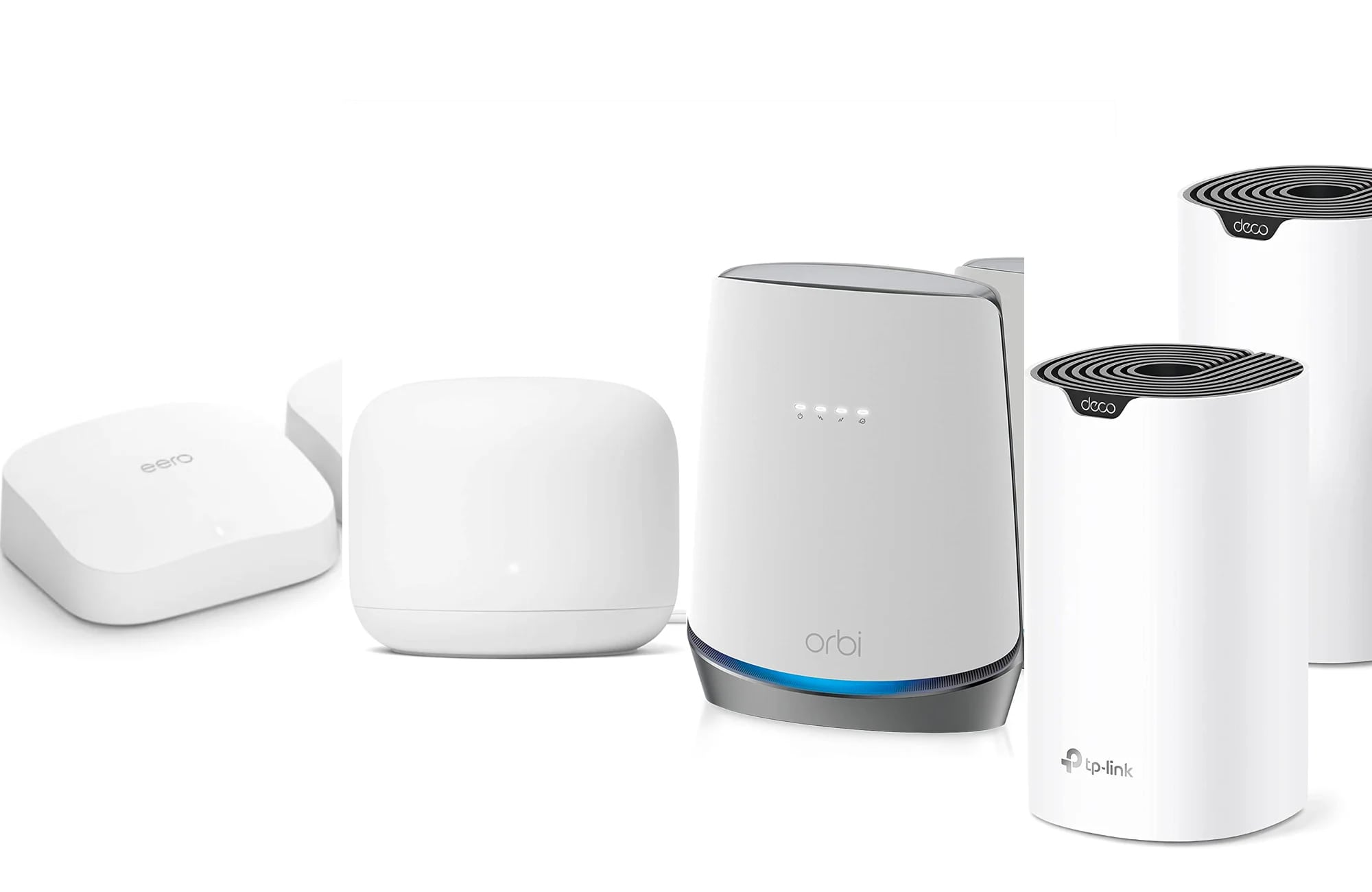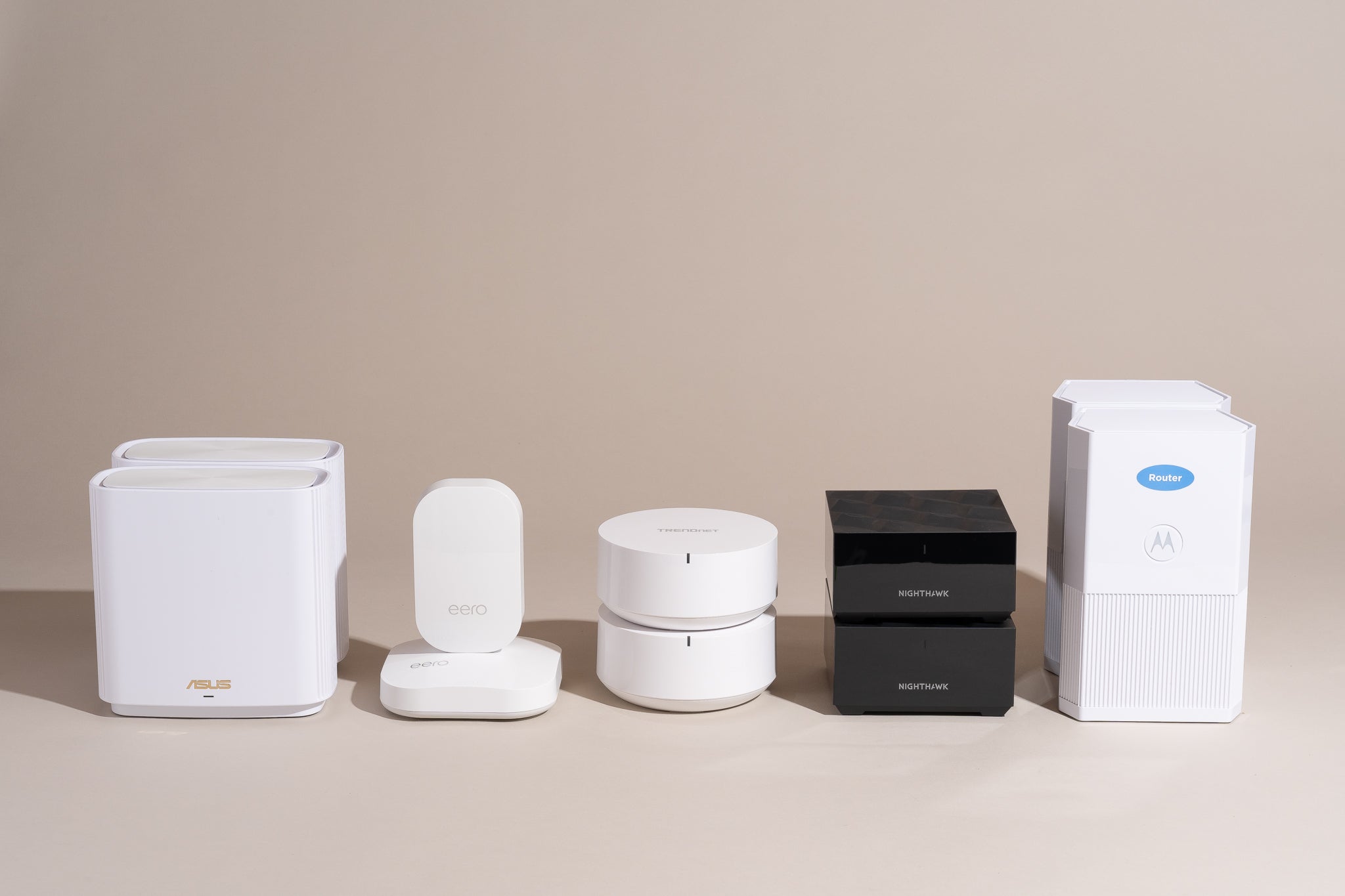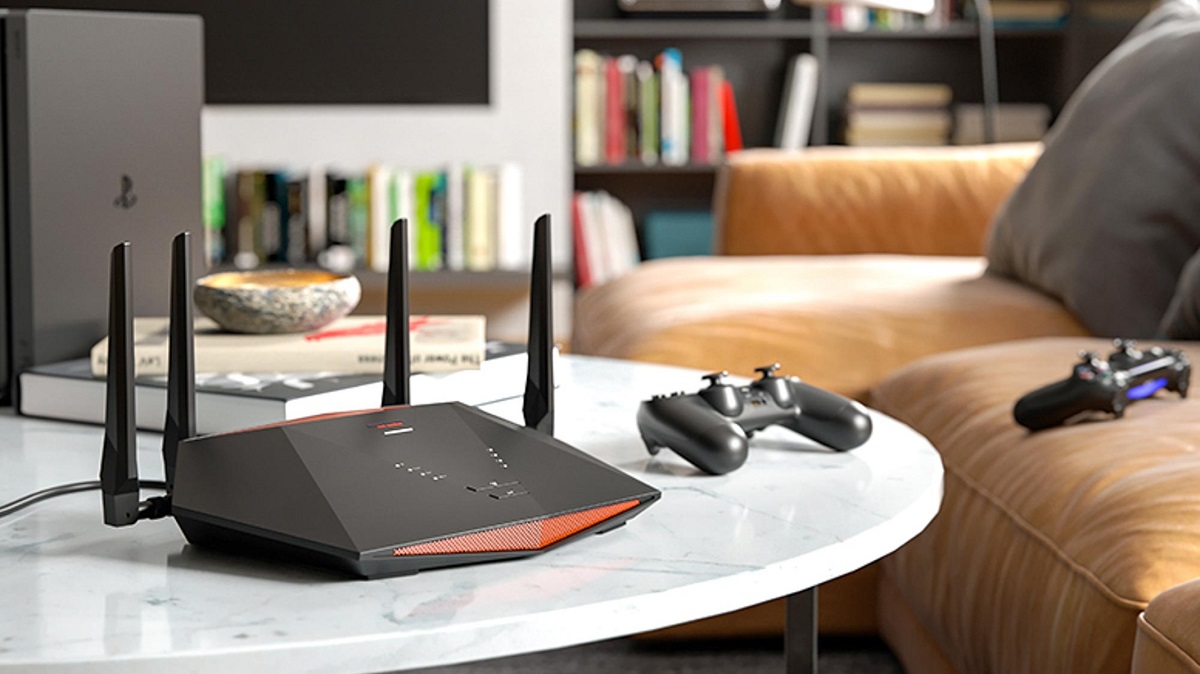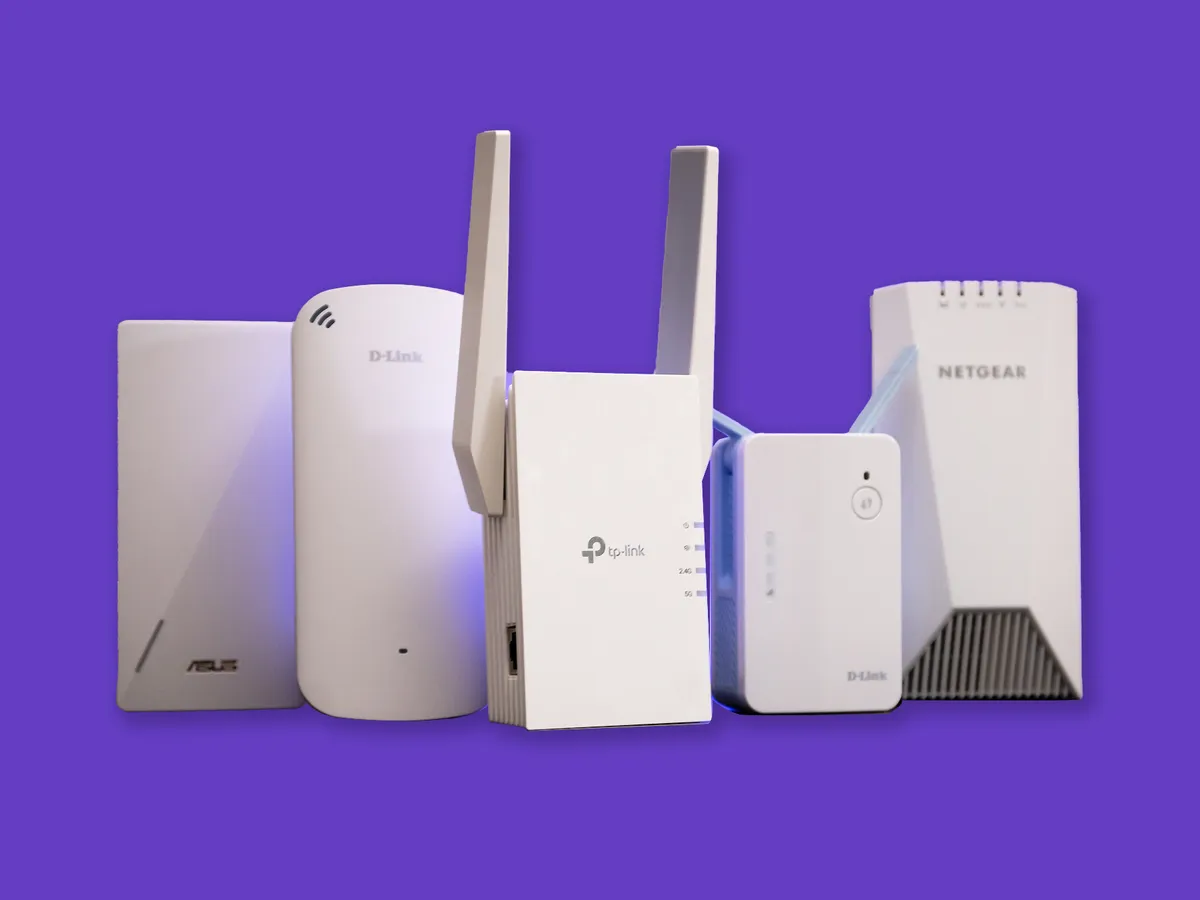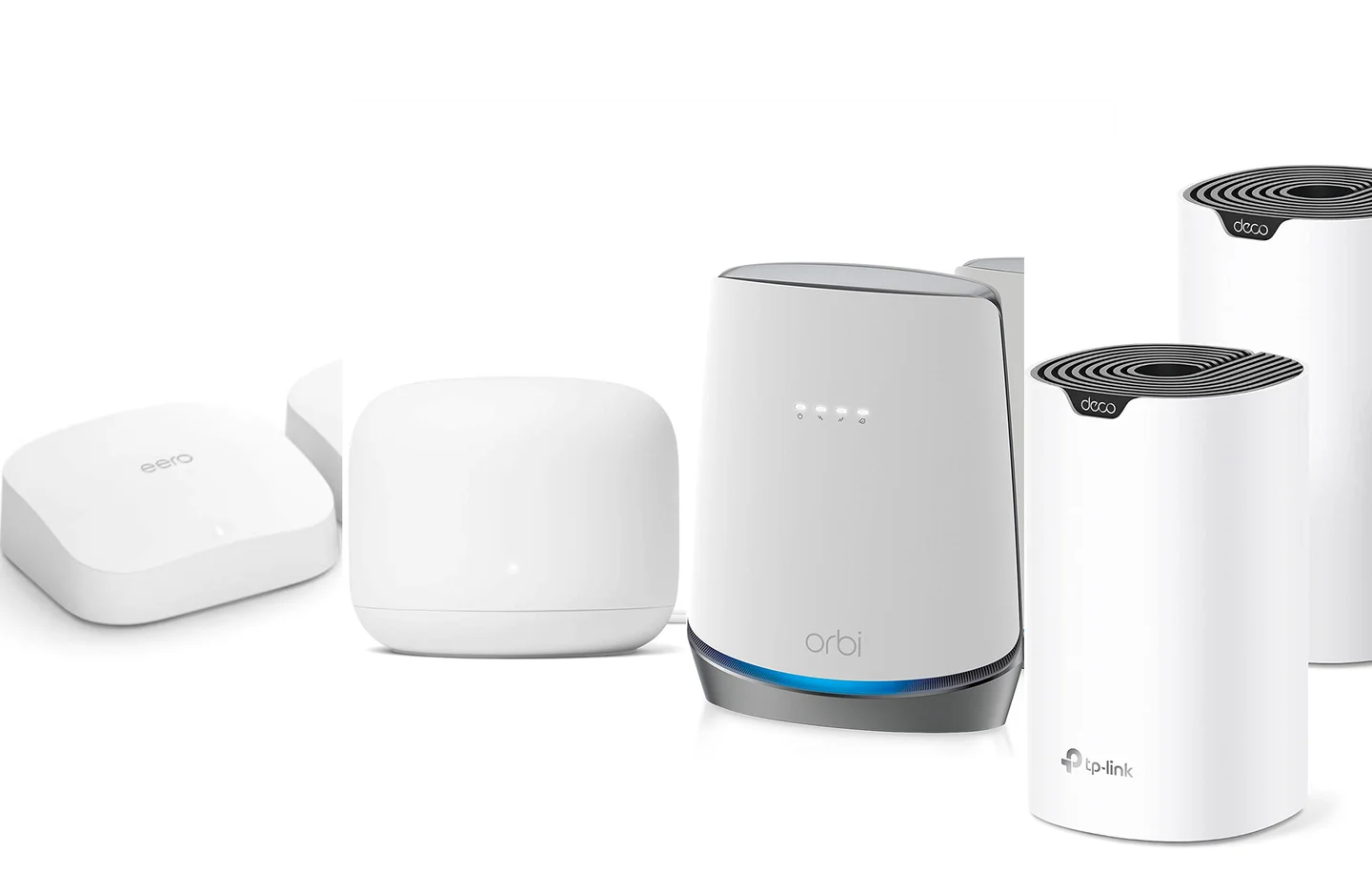Introduction
Welcome to the world of mesh wifi systems, where your internet connectivity woes are a thing of the past. If you’ve ever experienced dead spots, weak signals, or dropped connections in your home or office, then you know how frustrating it can be. Luckily, mesh wifi systems have emerged as a reliable and efficient solution to these common networking problems.
But what exactly is a mesh wifi system, and how does it work? In this article, we will explore the ins and outs of mesh wifi systems, their benefits, and everything you need to know before setting up one in your space.
A mesh wifi system is a wireless network solution that consists of a main router along with multiple satellite units, also known as nodes or access points. Unlike traditional wifi routers, which rely on a single central unit to transmit and receive signals, a mesh wifi system distributes the workload across all the nodes in the network.
How does this distribution of workload improve your internet experience? Well, each node in a mesh wifi system acts as a mini-router, creating a web of interconnected wifi signals within your home or office. This eliminates the need for range extenders or boosters and ensures seamless coverage in every nook and cranny of your space.
When you connect your devices to a mesh wifi system, they are automatically routed to the node with the strongest signal. If you move around your space, the system intelligently switches your connection to the node that provides the best signal, ensuring a smooth and uninterrupted browsing experience.
One of the key benefits of a mesh wifi system is its ability to eliminate dead spots. With traditional routers, you might have experienced areas in your home where the wifi signal is weak or nonexistent. These dead spots can be frustrating, especially if you want to work or stream content in those areas. However, with a mesh wifi system, the nodes work together to create a blanket of wifi coverage, eliminating those pesky dead spots.
In addition to eliminating dead spots, mesh wifi systems also offer superior performance and faster speeds compared to traditional routers. The nodes in a mesh system communicate with each other, optimizing the signal strength and reducing interference. This ensures that you enjoy consistent and reliable internet speeds throughout your space.
Now that you have a general idea of what a mesh wifi system is and how it works, let’s dive deeper into the benefits of using one and the factors you should consider before making a purchase. So, buckle up and get ready to revolutionize your internet experience with a mesh wifi system!
What is a Mesh Wifi System?
In today’s digital age, having a reliable and fast internet connection is of utmost importance. Traditional wifi routers, while effective in smaller spaces, struggle to provide seamless coverage in larger homes or offices. This is where mesh wifi systems come into play.
A mesh wifi system is a network solution designed to overcome the limitations of traditional routers and optimize wifi coverage throughout your space. It consists of a main router that serves as the hub and multiple satellite units, or nodes, strategically placed in different areas.
Unlike traditional routers, which rely on a single unit to transmit and receive signals, a mesh wifi system creates a mesh network by connecting all the nodes together. Each node communicates with the others, creating a seamless web of interconnected wifi signals.
With a mesh wifi system, your devices are not connected to a specific router or node. Instead, they automatically connect to the node with the strongest signal, ensuring optimal performance and eliminating dead spots.
The main router in a mesh system is usually connected to your internet service provider’s modem and acts as the central control unit. It manages the network settings, security configurations, and handles the initial distribution of wifi signals to the nodes.
The satellite nodes in a mesh wifi system are strategically placed throughout your space to improve wifi coverage. These nodes communicate with each other and relay the signals, creating a strong and stable wifi network that blankets your entire home or office.
One of the key advantages of a mesh wifi system is its ability to handle multiple devices simultaneously without compromising performance. Each node in the system shares the workload, resulting in faster speeds and a more reliable connection, even with numerous devices connected at the same time.
Mesh wifi systems also offer seamless roaming capabilities. As you move around your space, the mesh network automatically switches your device’s connection to the node with the best signal, without any interruption. This ensures a smooth internet experience, whether you’re working in your home office or streaming content in the living room.
Furthermore, mesh wifi systems often come with advanced features and settings that allow you to prioritize certain devices, set up guest networks, and control parental controls. These additional functionalities give you greater control over your network and enhance your overall wifi experience.
In summary, a mesh wifi system is a reliable and efficient solution to overcome the limitations of traditional routers. By creating a mesh network and distributing the workload among multiple nodes, mesh systems offer seamless wifi coverage, fast speeds, and the ability to handle multiple devices simultaneously. With their advanced features and settings, mesh wifi systems are a game-changer in the world of internet connectivity.
How does a Mesh Wifi System Work?
Mesh wifi systems revolutionize traditional networking by creating a seamless and robust wifi network throughout your home or office. But how exactly do they work? Let’s dive into the inner workings of a mesh wifi system.
A mesh wifi system consists of multiple satellite nodes that are strategically placed throughout your space, in addition to the main router. Each node acts as a mini-router, creating a web of interconnected wifi signals.
When you set up a mesh wifi system, the main router acts as the central control unit. It is connected to your internet service provider’s modem and manages the network settings and configurations. The main router is responsible for distributing the wifi signals to the different nodes in the network.
The satellite nodes in a mesh system work together to ensure seamless coverage. They communicate with each other and the main router, relaying the wifi signals to create a strong and stable network.
When you connect your devices to the mesh wifi system, they automatically connect to the node with the strongest signal. This intelligent routing ensures that you always have the best possible connection, regardless of your location within your home or office.
In a mesh system, each node is aware of the other nodes’ locations, signal strengths, and the devices connected to them. This enables the nodes to optimize the signal distribution for each device, reducing interference and ensuring faster speeds.
As you move around your space, the mesh system seamlessly transfers your device’s connection from one node to another. This roaming feature ensures a consistent and uninterrupted internet experience, without the need to manually switch networks or experience drop-offs.
In addition to providing seamless coverage, mesh wifi systems also offer self-healing capabilities. If one of the nodes fails or experiences an issue, the other nodes in the network automatically compensate and reconfigure themselves to maintain connectivity and ensure a reliable network.
Mesh wifi systems often employ advanced technologies such as beamforming and band steering to further optimize performance. Beamforming focuses the wifi signal towards the connected devices, enhancing the signal strength and range. Band steering, on the other hand, automatically assigns devices to the least congested frequency band for optimal performance.
Overall, a mesh wifi system works by creating a network of interconnected nodes that distribute wifi signals throughout your space. Each node acts as a mini-router, working together to provide seamless coverage and ensure a reliable and fast internet connection. With self-healing capabilities and advanced technologies, mesh wifi systems offer a superior wifi experience for homes and offices alike.
Benefits of a Mesh Wifi System
A mesh wifi system offers numerous benefits compared to traditional routers, making it an excellent choice for both homes and offices. Let’s explore some of the key advantages of using a mesh wifi system:
- Seamless Coverage: One of the primary benefits of a mesh wifi system is its ability to provide seamless coverage throughout your space. The interconnected nodes create a blanket of wifi signals, eliminating dead spots and ensuring a strong connection in every corner of your home or office.
- Elimination of Dead Spots: With traditional routers, you may have experienced areas where the wifi signal is weak or nonexistent. Mesh wifi systems eradicate these dead spots by strategically placing multiple nodes that work in unison to create a robust network.
- Improved Performance: Mesh wifi systems offer enhanced performance compared to traditional routers. The workload is distributed among the nodes, preventing congestion and ensuring consistent speeds even when multiple devices are connected simultaneously.
- Seamless Roaming: With a mesh wifi system, you can move around your space without experiencing any interruptions in your internet connection. The system intelligently switches your device to the node with the strongest signal, providing seamless roaming capabilities.
- Easy Setup and Management: Setting up and managing a mesh wifi system is typically much easier and user-friendly compared to traditional routers. Many systems offer intuitive mobile apps that guide you through the setup process and provide control over network settings.
- Advanced Features: Mesh wifi systems often come with advanced features such as guest network access, parental controls, and device prioritization. These additional functionalities allow you to customize and optimize your network according to your specific needs.
- Scalability: If you need to expand your wifi coverage, adding more nodes to a mesh system is relatively simple. You can easily increase the coverage by purchasing and installing additional nodes, ensuring that your network grows with your needs.
- Enhanced Security: Mesh wifi systems typically offer robust security measures to protect your network and connected devices. Many systems come with built-in encryption and security protocols, keeping your data safe from potential threats.
Whether you have a large home or a multi-story office building, a mesh wifi system provides the solution to your networking needs. With seamless coverage, improved performance, easy setup, and advanced features, mesh wifi systems are a reliable and efficient choice for experiencing fast and reliable internet connectivity.
Setting up a Mesh Wifi System
Setting up a mesh wifi system is generally straightforward and user-friendly, even for those with limited technical knowledge. Follow these general steps to get your mesh wifi system up and running:
- Choose the Right System: Research and select a mesh wifi system that suits your needs. Consider factors such as the coverage area, number of devices, and additional features required.
- Placement of Nodes: Determine the ideal locations for placing the nodes in your space. It is recommended to position the nodes centrally, ensuring optimal coverage throughout the area and minimizing interference.
- Connect the Main Router: Connect the main router to your internet service provider’s modem using an Ethernet cable. Ensure a stable and reliable internet connection before proceeding.
- Power on the Nodes: Plug in the satellite nodes and ensure they have a power source. It is best to place the nodes in proximity to electrical outlets.
- Follow the Manufacturer Instructions: Each mesh wifi system may have specific setup instructions provided by the manufacturer. Refer to the user manual or follow the instructions provided in the mobile app of the system for a step-by-step setup process.
- Connect to the Network: Once the mesh wifi system is set up, connect your devices to the network. The devices will automatically connect to the node with the strongest signal, ensuring optimal performance.
- Configure Network Settings: Use the manufacturer’s mobile app or web-based interface to configure essential network settings, such as network name (SSID), password, and security features. You can also explore additional features offered by the system, such as setting up guest networks or parental controls.
- Test Connectivity: Once the setup is complete, test the connectivity in different areas of your space to ensure seamless coverage and a reliable connection throughout.
It’s important to note that the setup process may vary slightly depending on the specific mesh wifi system you are using. Always refer to the manufacturer’s instructions for the most accurate and detailed instructions tailored to your system.
If you encounter any difficulties during the setup process, consult the manufacturer’s support documentation or reach out to their customer support for assistance. They can provide guidance and troubleshooting steps to help you get your mesh wifi system up and running smoothly.
Factors to Consider Before Buying a Mesh Wifi System
When shopping for a mesh wifi system, it’s important to consider certain factors to ensure you choose the right system that meets your needs. Here are some key factors to consider before making a purchase:
- Coverage Area: Determine the size of the area you need to cover with wifi. Consider the number of floors, walls, and other obstacles that may affect the signal range. Choose a mesh system with sufficient coverage to ensure reliable connectivity throughout your space.
- Number of Nodes: Consider the number of nodes included in the mesh wifi system. Additional nodes can improve coverage and performance, especially for larger spaces. Some systems allow you to add more nodes later on for further expansion.
- Internet Speed: Check the maximum internet speed supported by the mesh system. Ensure that the system can handle your internet plan’s speed to prevent any network bottlenecks and ensure fast and reliable connectivity.
- Device Compatibility: Verify the compatibility of the mesh system with your devices. Ensure that it supports the wifi standards (such as 802.11ac or 802.11ax) and is compatible with your smartphones, tablets, computers, smart home devices, and other connected devices.
- Additional Features: Consider any additional features offered by the mesh system. Features such as guest networks, parental controls, and device prioritization can provide added functionality and control over your network.
- Ease of Use: Look for a mesh wifi system that is user-friendly and easy to set up. Consider whether it offers a mobile app or a web-based interface for convenient management and configuration.
- Security Measures: Check the security features offered by the mesh system. Look for encryption protocols, firewall protection, and any additional security measures to ensure the safety of your network and connected devices.
- Cost and Budget: Determine your budget for a mesh wifi system and compare the prices of different models. Consider the value for money, including factors such as the number of nodes, features, and brand reputation, when making a purchasing decision.
- Reviews and Reputation: Research customer reviews and ratings of different mesh wifi systems. Pay attention to the reputation of the manufacturer and the reliability of the system based on user experiences.
By considering these factors, you can make an informed decision when selecting a mesh wifi system that best fits your requirements. Take your time to research and compare different models to ensure that you choose a system that will provide seamless coverage, fast speeds, and a reliable internet connection throughout your space.
Conclusion
Mesh wifi systems have revolutionized the way we approach internet connectivity in our homes and offices. With their ability to provide seamless coverage, eliminate dead spots, and offer enhanced performance, these systems have become a popular choice for reliable and robust wifi networks.
Through the interconnection of multiple nodes, a mesh wifi system creates a web of wifi signals that distribute the workload and ensure optimal connectivity. The intelligent routing and seamless roaming capabilities of these systems guarantee a smooth internet experience, even when moving around your space.
There are several benefits to investing in a mesh wifi system, including improved performance, easy setup and management, advanced features, and scalability. These systems offer enhanced security measures, additional functionalities, and the ability to handle multiple devices simultaneously without compromising performance.
Before purchasing a mesh wifi system, it’s important to consider factors such as coverage area, number of nodes, internet speed compatibility, and additional features. By understanding your needs and comparing different models, you can choose a system that suits your requirements and provides reliable wifi coverage.
Setting up a mesh wifi system is usually a straightforward process, and many manufacturers provide user-friendly mobile apps or web interfaces to guide you through the setup and configuration steps.
Overall, a mesh wifi system is a valuable investment for anyone looking to improve their internet connectivity experience. Whether you have a large home or a multi-story office building, a mesh wifi system can provide seamless coverage, eliminate dead spots, and deliver fast and reliable internet speeds throughout your space.
Take the time to research and compare different mesh wifi systems, considering factors such as coverage area, device compatibility, additional features, security, and cost. With the right choice, you can enjoy a seamless and robust wifi network that meets the demands of modern connectivity.









